I had long anticipated our visit to Mumbai, the financial and entertainment capital of India. Over the years, I’ve watched many films set in this city, from very famous ones like Slumdog Millionaire and The Lunchbox to more obscure indie films like Bombay Summers. I’ve also watched travel vloggers explore the city on YouTube and gushed over its beautiful monuments and architecture on Google Images before I left for India.
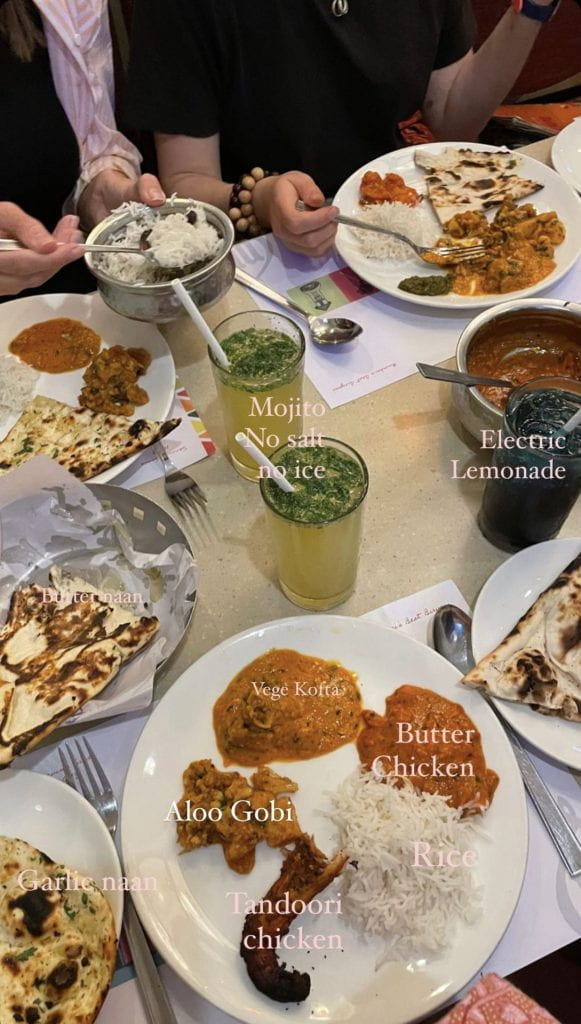
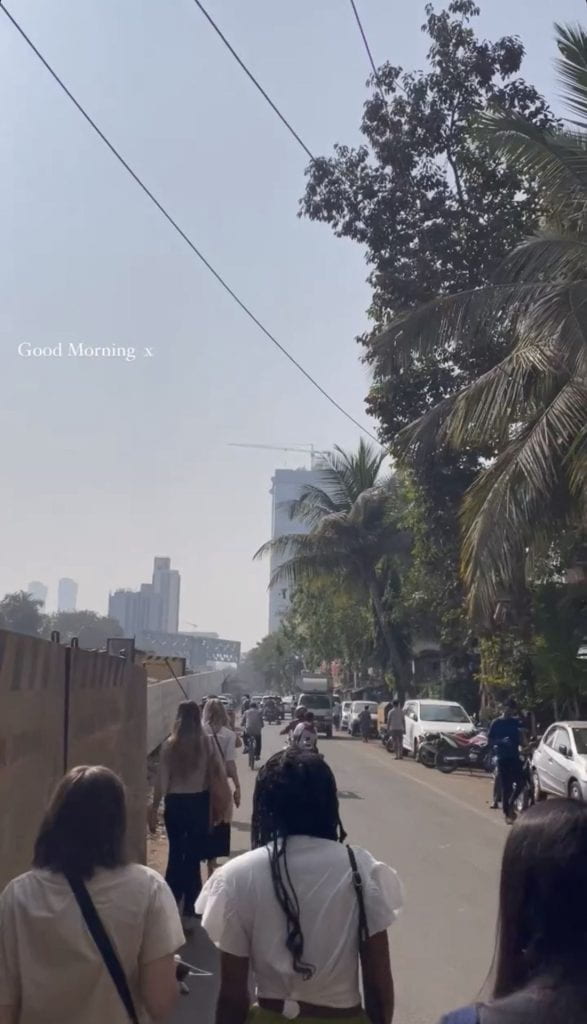
Mumbai had definitely made quite an impression on me before seeing it in the flesh, and I’m excited to say that my high expectations were surpassed during the three lucky days we got to spend there!
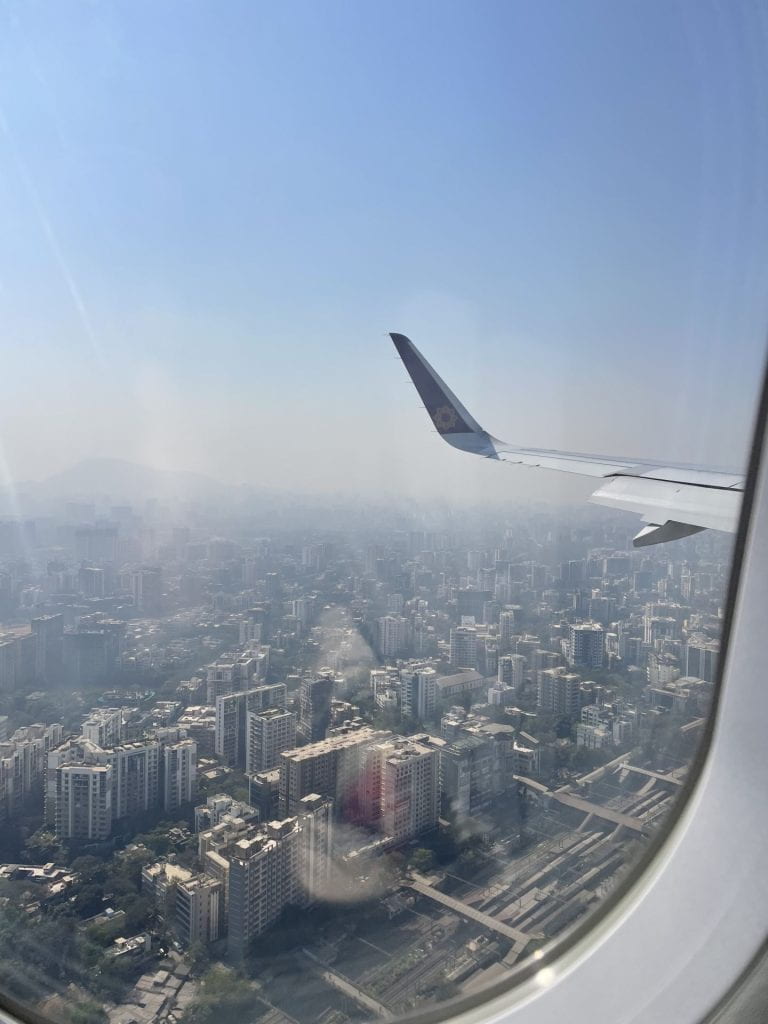
A family friend who visited Mumbai when she was my age said that looking out the plane window on arrival, she saw rows upon rows of slums, so that’s what I expected to see. There’s a shot in the first episode of the TV show Shantaram which gives the same impression. Things have likely changed since the 80s & 90s, or maybe I was just looking out the wrong side of the plane because what I actually saw as our plane landed was mostly motorways and tall apartment buildings.
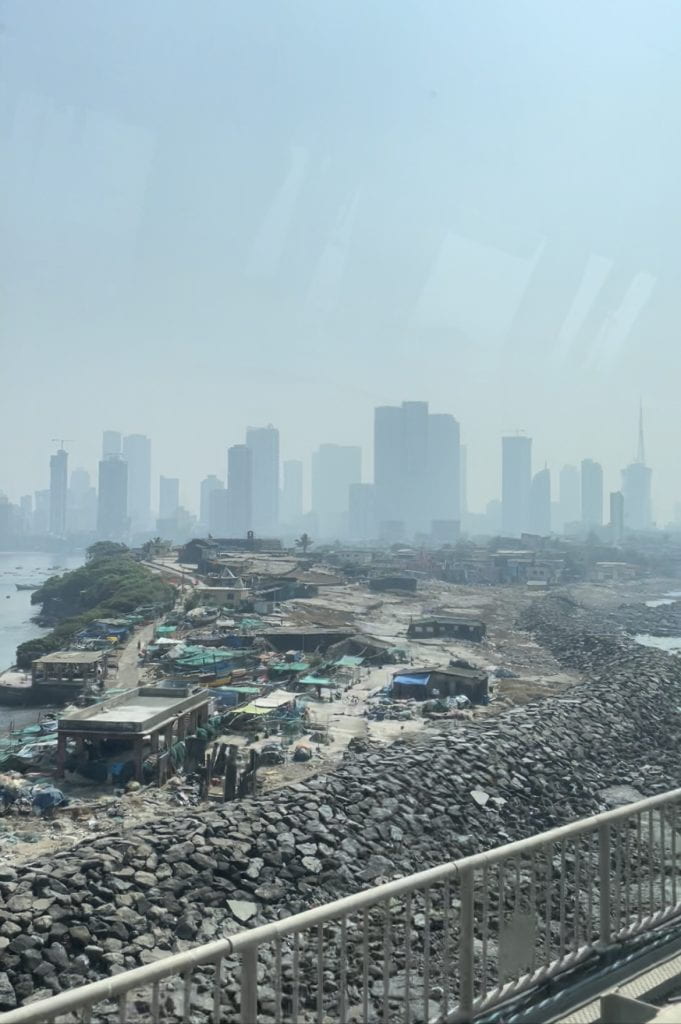
On our way to the hotel from the airport, we went over the Bandra Worli Sea Link bridge. It’s one of the more recent defining landmarks of the city. I was, however, more struck by the view from the bridge than the bridge itself; a panorama of skyscrapers against a hazy blue sky and the Arabian Sea. Closer to the bridge, we could see the tarpaulin shacks of Worli Village, a poor fishing community. These views gave me my first real sense of how massive Mumbai is, as well as the socio-economic disparity that exists in the megacity.
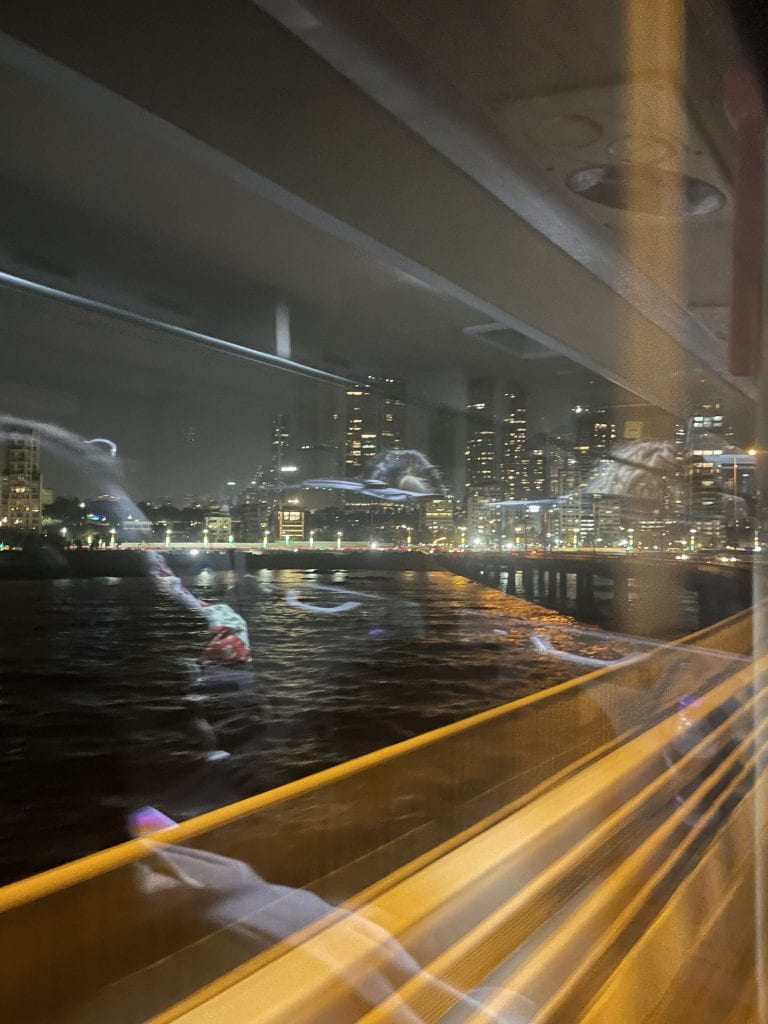
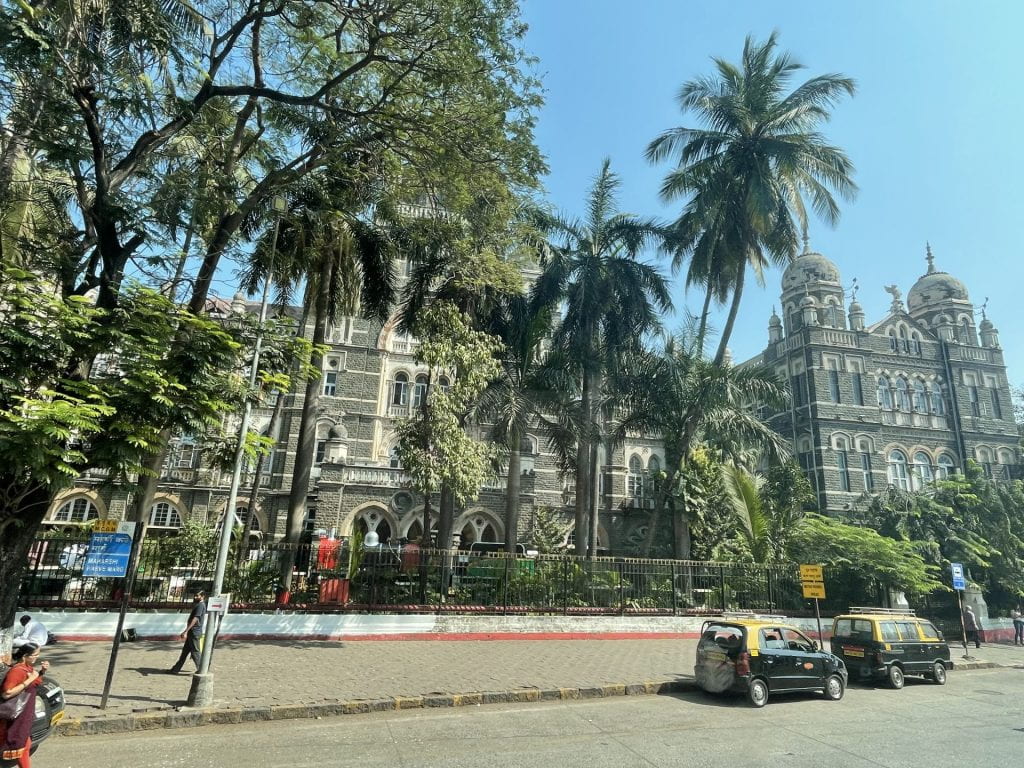
On our first evening, we did a South Mumbai treasure hunt in small groups to explore and learn more about the history of the area. SoBo (South Bombay) is the city’s CBD and the wealthiest urban area in India. Half of SoBo is known for Art Deco buildings, and the other half is famed for its Venetian Gothic Architecture. We were in the gothic part, and I was absolutely blown away by the beauty of the buildings. I wish Auckland had more buildings in this style.
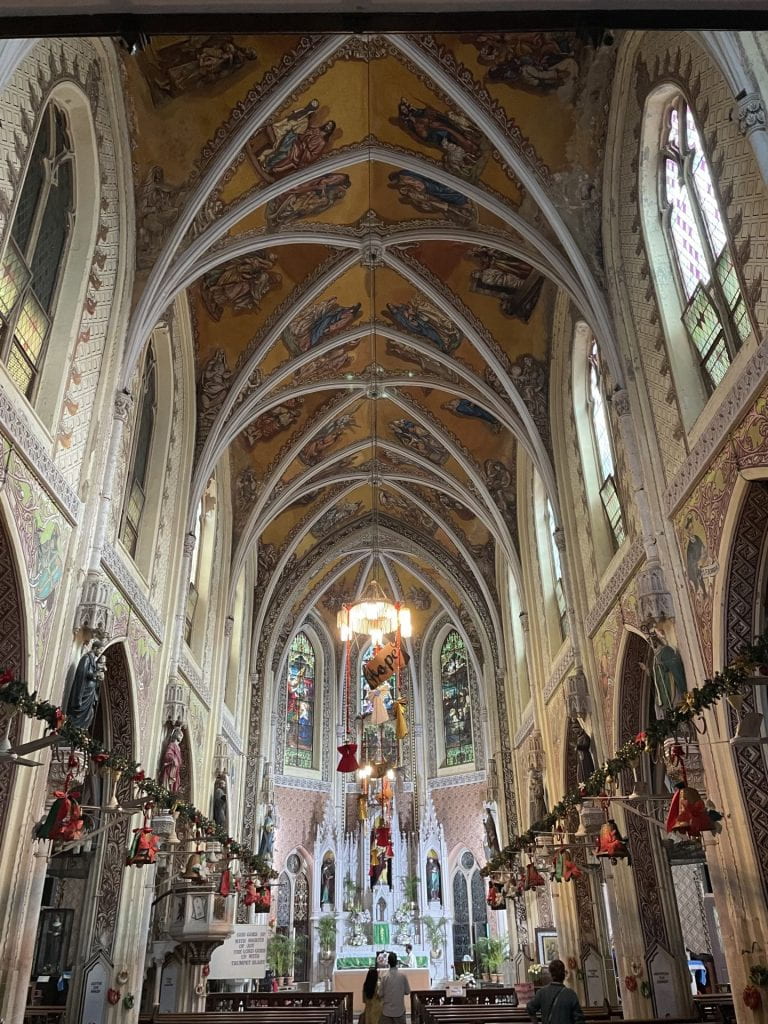

The vibe downtown was busy and quite hip, with lots of upscale restaurants and fancy dress stores. There were more young people here than in other parts of India I’d seen up to that point in the trip, and they were more liberally dressed by Indian standards (more western style, a little more skin showing). A random fact we learnt which surprised me during the treasure hunt, is that ice was one of Mumbai’s major imports from North America during the 19th century … I’d never heard of the Ice Trade before! How did it not melt in a time before modern refrigeration technology?!
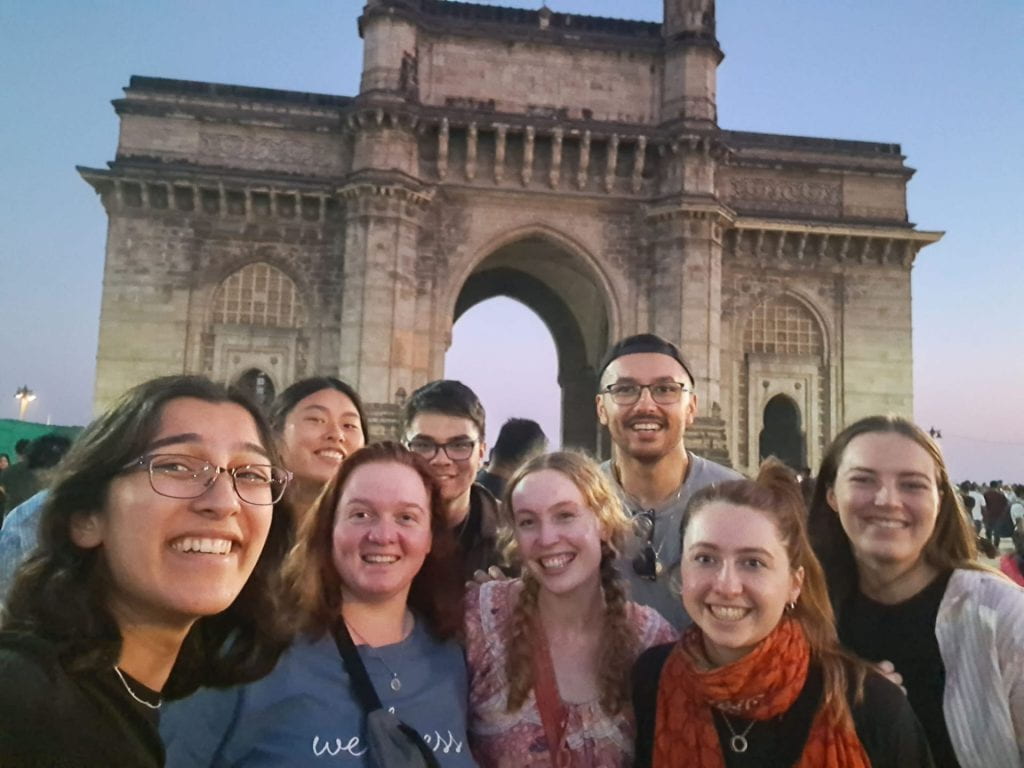
The treasure hunt ended around dusk by the Gateway of India. It’s a colonial, Arc de Triomphe-looking monument built to commemorate the arrival of the first British monarch in India and was the place of departure for the last British troops leaving India post-independence. Below the arc, it was super crowded, and we had a lot of us Indian tourists asking to take photos with us.
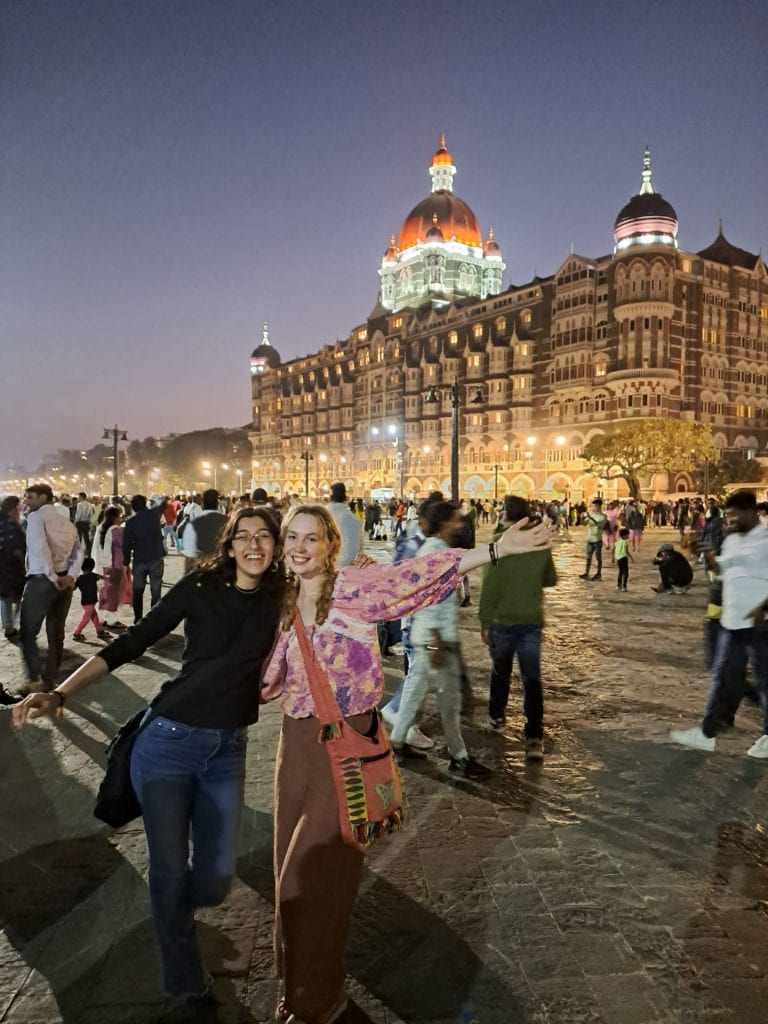
I was even more impressed by the grandeur of the Taj Mahal Palace, which is a luxury hotel across from Gateway of India. It’s another heritage building in the city I was looking forward to seeing in real life, as I’ve watched the film ‘Hotel Mumbai’. I felt a bit uneasy walking on the footpath beside it, however, because I was imagining how terrifying the Mumbai 2008 terrorist attacks must have been inside and around this famous hotel.
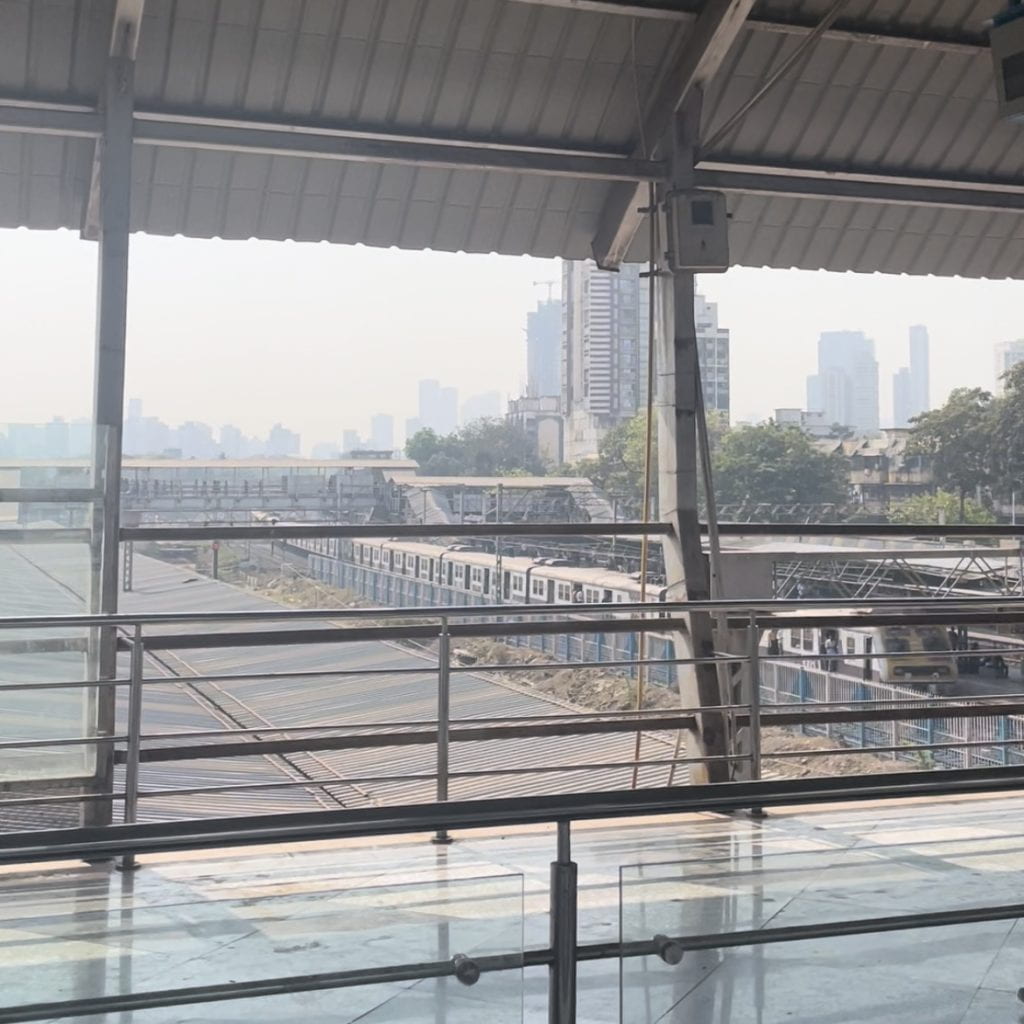
We then took a guided tour of Dharavi. Our visit there is worthy of its own blog post, but for this one, I’m going to keep my comments brief. I was, firstly, surprised to see so many people (mostly men) walking around with smartphones. Secondly, my tour guide explained that even some lawyers and engineers live in Dharavi because of its central location and low(er) rents. Neither detail fitted my preconceptions of slum dwellers.
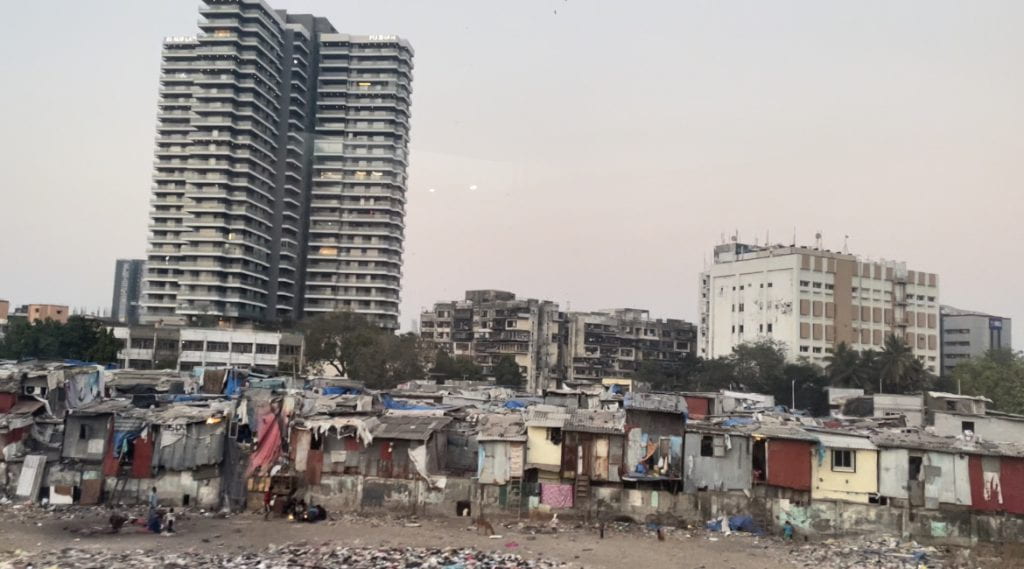
I spent a lot of time in Dharavi, also mentally comparing it to depictions of Bombay slums on screen. Slumdog Millionaire depicts Dharavi as a dangerous and violent place, whereas I actually felt quite safe there. My tour guide told me that once Dharavi became legalised, a lot of crime left the area, making it much more peaceful than it had been in previous decades. One thing I think Shantaram the TV series did right was highlighting a sense of community and cooperation, which I experienced to exist in Mumbai slums. That being said, the incredibly dense and polluted living conditions in Dharavi certainly made me grateful for the relatively high standard of living we have access to in NZ, even in our more impoverished areas.
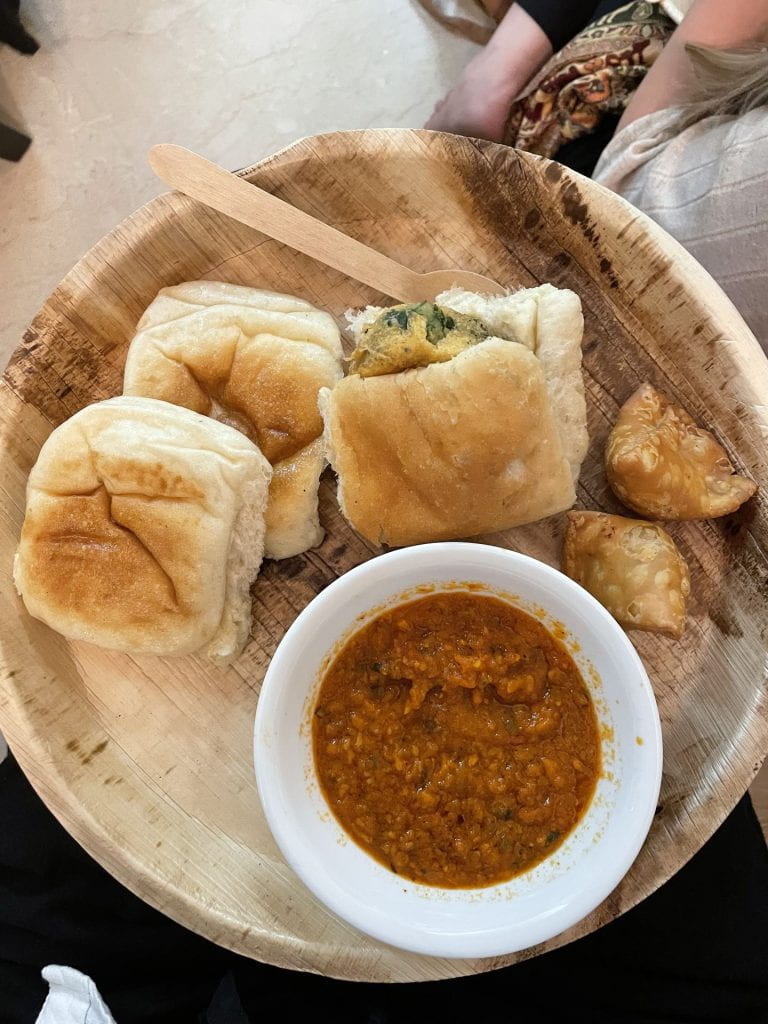
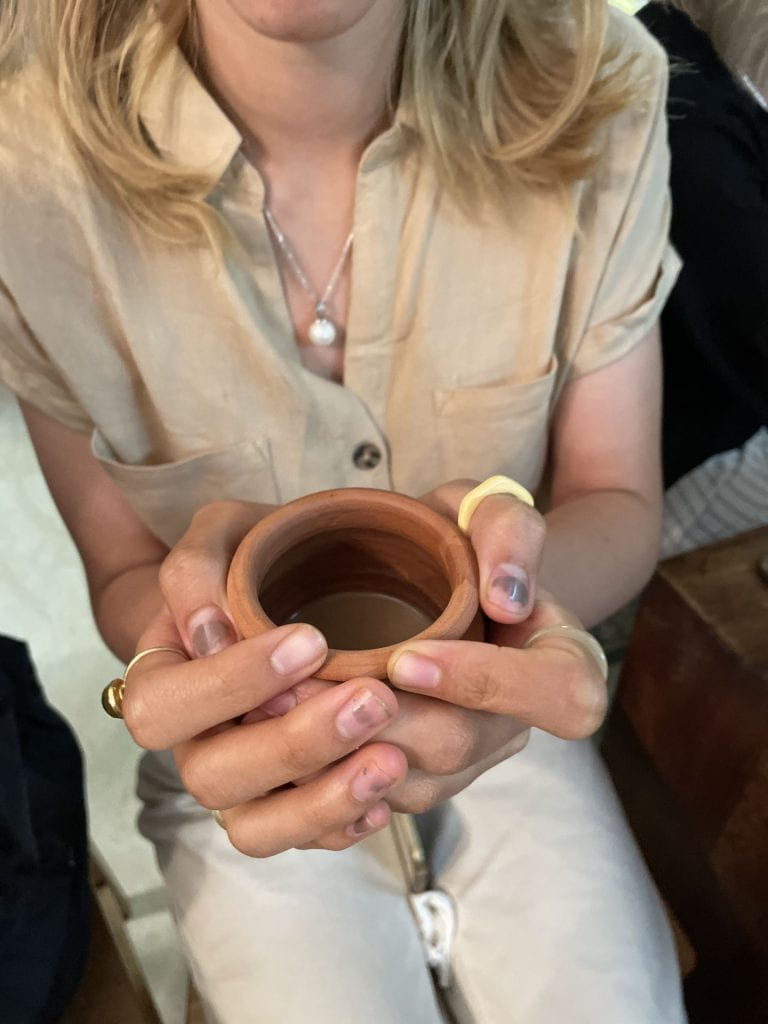
One evening we were lucky enough to visit the home of Bollywood actor, Shiv … and his wife and his costume designer wife, Ameira. Bombay is the birthplace of Bollywood, so most Indian actors live in this city. Their fancy apartment building was definitely a sharp contrast to what we saw in Dharavi the day before. We were served chai in traditional clay pots and then various Indian street foods for dinner. It was spicy but delicious! While we ate, Shiv discussed his approach to acting and the hustle culture of Mumbai. I was really touched by how incredibly hospitable Shiv and Ameira were and how kind they were to their staff, to whom they gave a round of applause for preparing our chai.

I love that Mumbai is a coastal city. I live and grew up near the beach, so being close to the ocean feels very grounding for me. The sea breeze and salt air in Mumbai were refreshing and restorative after the crazy and hot couple of weeks we’d had, but also made me miss home.
